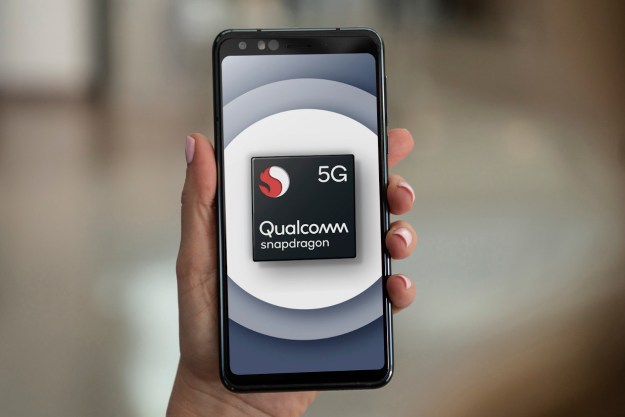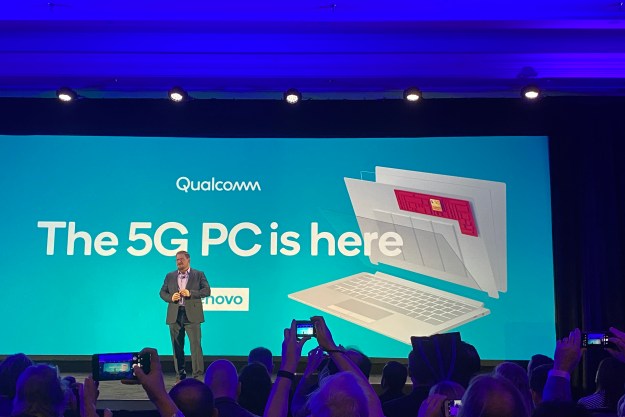Qualcomm is doubling down on its investment with Microsoft’s Windows platform. With the company’s Snapdragon silicon found on a broad array of Android smartphones and tablet, Qualcomm is now launching its second generation of premium always-connected PC processors at the IFA trade show in Berlin.
The Snapdragon 8cx Gen 2
“Working remotely is the new reality, and more businesses are looking to quickly and securely connect their employee base, accelerating the need for always on, always connected PCs that are thin, light and truly mobile, equipped with blazing fast

In essence, the Snapdragon 8cx Gen 2 platform makes many of the same promises as the first generation Snapdragon 8cx, but it adds generational improvements to power efficiency and performance.
For users accustomed to working with multi-display setups, the architectural upgrade also brings support for dual
According to Qualcomm, the new Snapdragon 8cx Gen 2
The company, however, did not provide data on the specific improvements the second-gen platform delivers over the original 8cx nor was comparison data available for Intel’s 11th-gen processors.

Qualcomm’s ARM processors also come with artificial intelligence support. A.I. can be leveraged to always show eye contact being maintained during video conference calls and enhanced cybersecurity with faster threat detection, Qualcomm stated in a press presentation. The chipset supports cameras up to 32 megapixels,
“With Snapdragon 8cx Gen 2
And when paired with Qualcomm’s Snapdragon X55
Qualcomm stated that new commercial devices with the Snapdragon 8cx Gen 2
Editors' Recommendations
- Qualcomm claims its laptops destroy Intel chips in AI tasks
- Lenovo ThinkPad X13s hands-on review: ARM-powered ThinkPad
- Meet the Snapdragon 8 Gen 1, Qualcomm’s flagship mobile chip for 2022
- The Snapdragon 750G is Qualcomm’s latest 5G-enabled chipset for midtier phones
- Acer’s 5G Spin 7 is the world’s first laptop powered by the Snapdragon 8cx Gen 2


